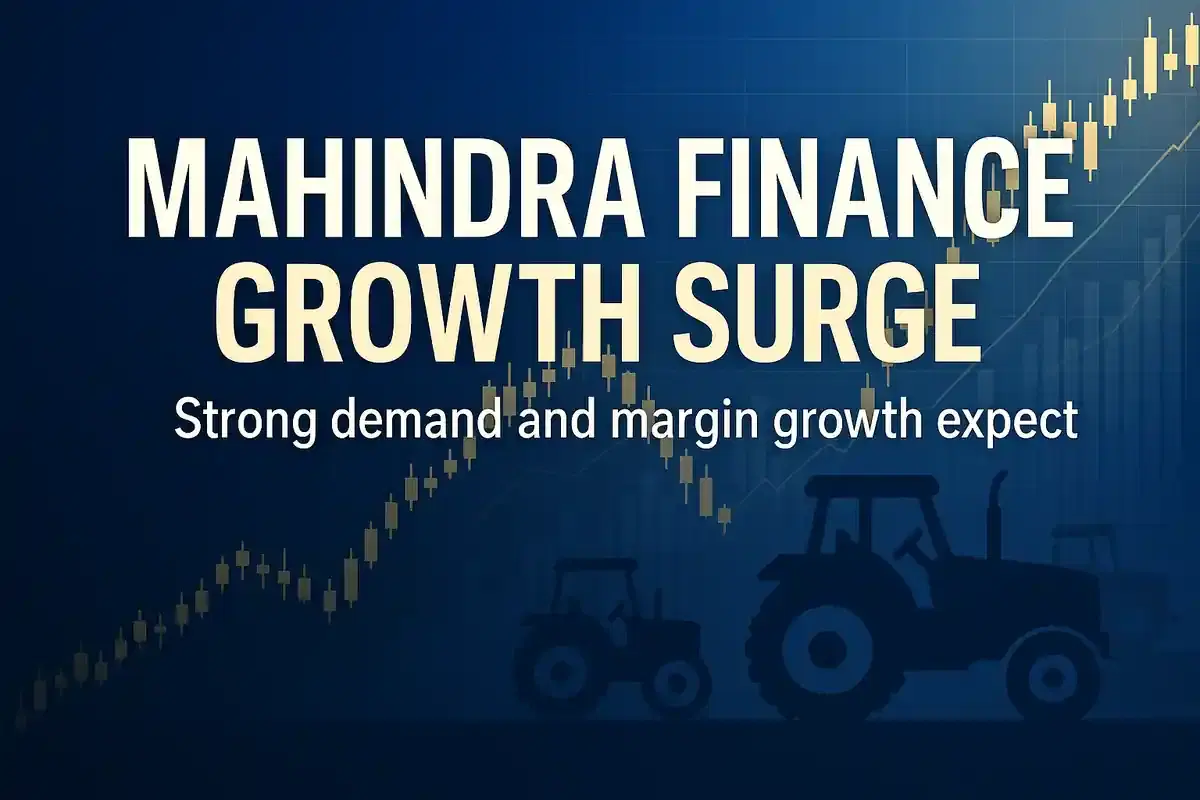Mahindra Finance Poised for Growth Driven by Seasonal Trends and GST Benefits, Analyst Report Suggests
Banking/Finance
|
29th October 2025, 4:48 AM

▶
Stocks Mentioned :
Short Description :
Detailed Coverage :
Mahindra Finance is set to benefit from seasonal tailwinds and Goods and Services Tax (GST) rate reductions, which are expected to spur demand for vehicle loans, particularly in the second half of FY26. While core vehicle loan growth has been moderate due to cyclical challenges, tractor lending has performed well, supported by festive demand and an improved rural economy.
The company is enhancing its diversification strategy, with its non-vehicle finance portfolio, including SME lending, growing by over 25 percent sequentially. This focus aims to achieve targeted loan book growth in the mid-teens.
Asset quality has seen a healthy improvement, with the gross stage 2 (GS2) ratio showing progress despite business disruptions. Elevated credit costs in the recent quarter were primarily due to an increase in the provision coverage ratio, while write-offs remained stable. The company is proactively onboarding stronger customers to maintain GS2 & 3 ratios below 10 percent and manage credit cost volatility, with a guidance of 1.7 percent for FY26.
Net interest margins (NIMs) are expected to expand due to higher fee-based income and reduced borrowing costs from GST benefits and lower leverage post-rights issue. This, combined with stable asset quality, is projected to enhance the return on assets (RoA).
Outlook and Valuation:
The medium-term outlook appears positive, supported by growth tailwinds, rural focus, margin recovery, and controlled credit costs. The company also benefits from the strong parentage of Mahindra & Mahindra and a strengthened capital base from its rights issue.
The stock is trading at a discount to peers, but business diversification is expected to drive future growth. The risk-reward ratio is considered balanced, with valuation re-rating dependent on the cyclical recovery in its core segment.
Impact: This news suggests positive momentum and strategic growth initiatives for Mahindra Finance, which could lead to improved financial performance and potentially influence investor sentiment towards the stock and the broader NBFC sector. Rating: 7/10
Difficult Terms: GST (Goods and Services Tax): A consumption tax levied on the supply of goods and services in India. H2FY26: The second half of the Financial Year 2026 (covering the period from October 2025 to March 2026). AUM (Asset Under Management): The total market value of all the financial assets that a financial institution manages on behalf of its clients. GS2 Ratio (Gross Stage 2 Ratio): A classification of loans that have experienced a significant increase in credit risk but are not yet considered defaulted. It's an indicator of deteriorating loan quality. NIM (Net Interest Margin): A financial ratio that measures how profitably a company is managing its assets and liabilities. For banks and financial institutions, it's the difference between the interest earned on interest-paying assets and the interest paid on interest-bearing liabilities, divided by the average earning assets. RoA (Return on Assets): A profitability ratio that indicates how profitable a company is relative to its total assets.